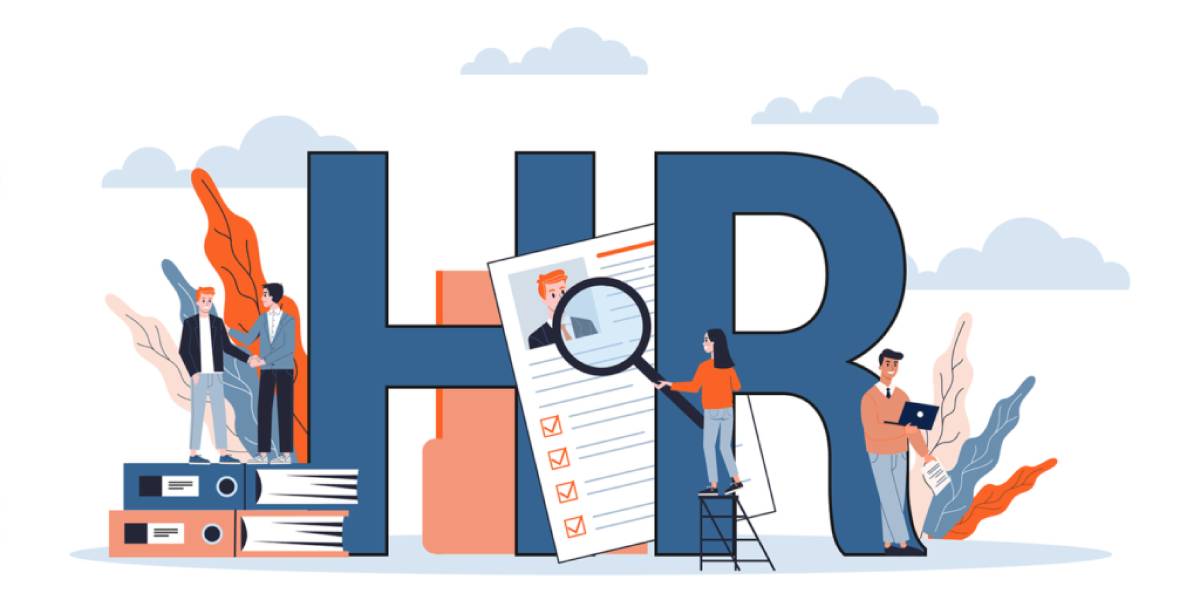What is Disciplinary Action?
Disciplinary action happens when employers deal with employee misbehaviour or performance issues. It’s a formal way to fix mistakes, keep rules in place at work, and make a good work environment. If something really bad happens and the company has its own rules, the disciplinary action will be different from a simple verbal warning to termination.
The main goal of disciplinary action is to fix problems like skipping work, not doing what you’re told, breaking company rules, doing badly at work, or being mean to others. Usually, it starts with a chat or a warning. If the problem keeps happening, it gets more serious.
Types of Disciplinary Actions
Disciplinary actions are the methods of employers to address the misbehaviour or performance difficulties of the employees. Here are the types of disciplinary actions commonly used in the workplace:
1. Verbal Warning:
- A verbal warning is an informal approach to handling small problems.
- It is a process of conversation about the problem with the employee and providing the employee with guidance on how to improve.
- Record-keeping purposes are usually the reason for the verbal warning.
2. Written Warning:
- A written warning is a formal notice issued to an employee for more serious misconduct or performance deficiencies.
- It includes a specific problem, the expectations of improvement, and the consequences if the behaviour continues.
- Written warnings are often kept in the employee’s personnel file.
3. Suspension:
- Suspension means the stop of an employee from work, usually without pay, for a certain period.
- It is used for serious crimes or misconduct under investigation.
- The length of suspension differs from the weight of the violation and from the company policies.
4. Demotion:
- Demotion means the employee is no longer at the top but is at the bottom of the hierarchy.
- It could be the result of several reasons like performance problems or repeated violations of rules.
- Often, demotion is coupled with a cut in salary or benefits.
5. Probation:
- Probation is a time frame where an employee’s performance is rigorously tested.
- It is a last chance and is followed by more severe disciplinary action, e.g., termination.
- Employees on probation can be asked to follow certain conditions or objectives.
6. Termination:
- Termination is the most severe form of disciplinary action, and it entails removing the employee from the company permanently.
- It is usually employed for grave misbehaviour, recurrent violations of company rules or performance problems that cannot be rectified.
- Termination may be immediate or may be accompanied by the notice period, as specified in the employment contracts and labour laws.
For instance, these kinds of disciplinary actions are the tools that employers use to maintain discipline, uphold workplace standards, and achieve a stable working environment. The suitable measure is determined by the type and gravity of the behavioural or performance problem of the employee.
Examples of Disciplinary Action Behaviors
- Repeated Tardiness: An employee consistently arrives late to work without a valid reason despite prior verbal and written warnings. Disciplinary action may involve documenting each instance of tardiness, implementing a progressive discipline approach, and ultimately imposing consequences such as suspension or termination if the behaviour persists.
- Failure to Follow Company Policies: An employee repeatedly violates company policies or procedures, such as using company resources for personal purposes, despite receiving warnings or undergoing training on the correct procedures. Disciplinary action may involve progressive steps, including verbal and written warnings, retraining, loss of privileges, or termination.
- Poor Performance: An employee consistently fails to meet job performance standards despite receiving feedback, coaching, and performance improvement plans. Disciplinary action may involve documenting performance issues, setting clear expectations for improvement, providing additional training or support, and ultimately considering demotion or termination if performance does not improve.
- Insubordination: An employee refuses to follow directions from their supervisor or engages in disrespectful behaviour toward colleagues or management despite warnings. Disciplinary action may involve documenting instances of insubordination, counselling the employee on appropriate workplace behaviour, and imposing consequences such as suspension or termination if the behaviour continues.
- Harassment or Discrimination: An employee engages in harassment or discrimination against colleagues based on protected characteristics such as race, gender, or religion, despite receiving training on appropriate workplace conduct. Disciplinary action may involve a thorough investigation of the allegations, implementing corrective measures such as sensitivity training or counselling, and imposing consequences up to and including termination if the behaviour is substantiated and persistent.
Interested in turning disciplinary challenges into growth opportunities? Schedule your Time Champ demo today and start the transformation.
People also look for:
Workplace Discipline the Key to Success
How to Handle Employee Slacking Off at Work? Tips & Strategies
How to Write Employee Warning Letter and Sample Templates
FAQs
Disciplinary actions are measures taken by employers to address and correct employee violations of workplace policies, rules, or performance standards. They range from verbal warnings to termination, depending on the severity of the misconduct.
Disciplinary actions are important for maintaining order, ensuring fair treatment of all employees, and upholding workplace standards. They help to prevent the recurrence of misconduct and protect the company’s culture and reputation.
A written warning is a formal document that outlines the nature of the employee’s misconduct, the improvement expected, and potential consequences if the behavior does not change. It serves as an official record of the disciplinary action taken.
Employees should follow their organization’s appeal process, which often includes a meeting with HR or higher management to discuss the situation and present their side of the story.
